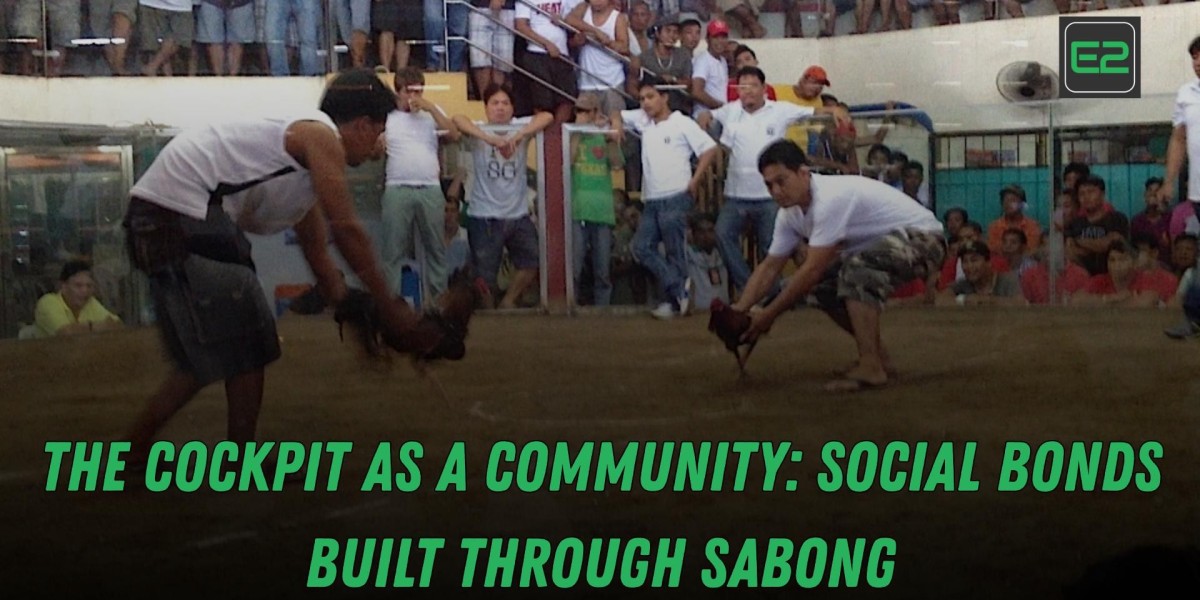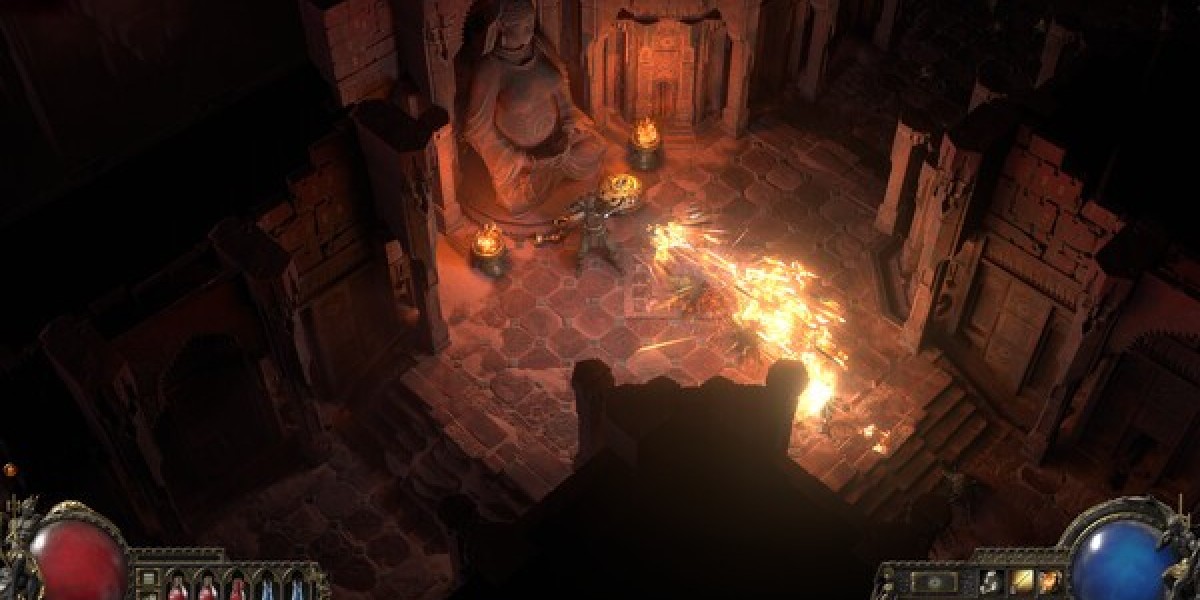
More Than Just a Fight
In the Philippines, sabong (cockfighting) in sabungan (cockpit) is often discussed in the context of sport, culture, and controversy. But what’s frequently overlooked is its power as a community builder — a unique social institution where relationships are forged, stories are shared, and traditions are passed down.
For many Filipinos, the cockpit isn’t just a battleground for roosters; it’s a gathering place that unites people across generations, social classes, and backgrounds. This article explores how sabong creates social bonds, fosters collective identity, and remains a culturally significant institution in the rural and urban Philippine landscape.
What Is a Cockpit? Understanding Its Social Function
A cockpit arena — whether a small barangay pit or a large licensed coliseum — is the physical and symbolic heart of sabong culture. While outsiders may see it as merely a venue for gambling, those embedded in the community recognize it as a center of social interaction and camaraderie.

The Sabong Ecosystem:
- Handlers and Breeders: Exchange knowledge and breed techniques
- Bettors and Kristos: Bond over odds, predictions, and shared losses or wins
- Vendors and Spectators: Generate local income and neighborhood interaction
- Elders and Youth: Pass down stories, strategies, and values
Sabong as a Rite of Passage
For many Filipino boys, their first visit to a cockpit is almost a coming-of-age moment. Whether they come with their fathers, uncles, or neighbors, this initiation often marks their entry into a wider circle of male bonding and local culture.
Common Early Experiences:
- Learning the hand signals used by kristos
- Watching their first derby with wide eyes
- Handling and feeding roosters in family backyards
- Listening to “lodi” (local legends) talk strategy and technique
Over time, these early exposures build lifelong friendships and tight-knit mentorships, especially in the provinces where sabong remains a weekly ritual.
The Role of the Kristo: Heartbeat of the Cockpit
One of the most fascinating roles in the sabong community is that of the kristo — a rapid-fire bet caller who uses hand gestures to coordinate wagers from all corners of the cockpit.
Social Significance:
- Acts as a neutral link between bettors
- Builds trust and reputation over years of consistent presence
- Often becomes a central figure in the community
- Memorizes faces, preferences, and betting styles of regulars
Kristos don’t just take bets — they facilitate interaction, defuse conflicts, and connect strangers, playing a vital social role beyond monetary transactions.

Cockfighting and Intergenerational Connection
Unlike many modern activities, sabong bridges generational gaps. Grandfathers and grandsons often share a passion for roosters, providing a rare avenue where age differences are overridden by shared enthusiasm.
Examples of Generational Bonding:
- Training roosters together at home
- Teaching techniques like tying blades or observing weight classes
- Attending local derbies and sharing meals after matches
- Debating gamecock bloodlines and battle strategies
In many families, cockfighting becomes a legacy, creating identity and continuity across generations.
Sabong as Economic and Social Infrastructure
A cockpit also functions as an informal economic hub, offering opportunities for small-scale commerce, employment, and entrepreneurship.
Local Economic Impact:
- Food vendors selling snacks and beverages
- Blade sharpeners, gear suppliers, and rooster transporters
- Side gigs like video recording, sabong photography, or livestream hosting
- Microfinance and lending circles among sabungeros
The cockpit creates a network of mutual reliance. It’s not uncommon for members of the sabong community to help one another financially during emergencies or celebrate life milestones together — like birthdays, fiestas, and even funerals.
The Cockpit as an Emotional Safe Space
Contrary to popular belief, many sabungeros view the cockpit not as a place of violence, but as a sanctuary — a space where they can relax, be themselves, and momentarily set aside life’s pressures.
Reasons Why the Cockpit Feels Like Home:
- Nonjudgmental environment where everyone shares the same passion
- A place to share stories, jokes, and community gossip
- Regular gatherings that provide structure and predictability
- A sense of belonging, especially for retirees and jobless individuals
The social support found in cockpits often parallels the camaraderie seen in sports clubs, churches, or neighborhood sari-sari stores.
Modernization and Threats to Cockpit Culture
In recent years, the rise of e-sabong and increased government regulation have challenged the traditional sabong community.
Emerging Issues:
- Digital detachment: Online betting lacks the face-to-face connection of physical cockpits
- Legal crackdowns: Some local governments restrict sabong, citing noise, gambling, or animal rights
- Generational shifts: Younger Filipinos may prefer esports, mobile gaming, or online entertainment
Still, many communities advocate for the preservation of sabong not as a vice, but as a cultural and social asset.
Sabong and Social Identity
For many Filipino men (and even some women), identifying as a “sabungero” goes beyond the act of betting. It is a source of pride, a badge of knowledge, and a gateway into a trusted circle of peers.
Why Sabungeros Take Pride in the Community:
- Expertise in breeding and training
- Honesty in betting practices
- Contribution to local events and sponsorships
- Shared rituals and unwritten codes of respect
Sabong isn’t just about roosters — it’s about people, memory, and meaning.
A Tradition Worth Understanding
To truly understand sabong is to understand a living community — one built on tradition, trust, and togetherness. The cockpit is more than an arena; it is a social institution where generations connect, friendships blossom, and local culture thrives.
In an age of increasing digital disconnection, the social bonds built through sabong remain a powerful reminder of what it means to belong.

What’s Your Sabong Story?
Have you ever stepped into a cockpit or grown up around sabungeros?
Share your story or insights in the comments below and help preserve the human side of this age-old tradition. For more in-depth cultural stories and local insights, subscribe to our blog and stay updated with the latest features on Philippine heritage.
Let’s keep the community alive — one fight, one friendship, one story at a time.



